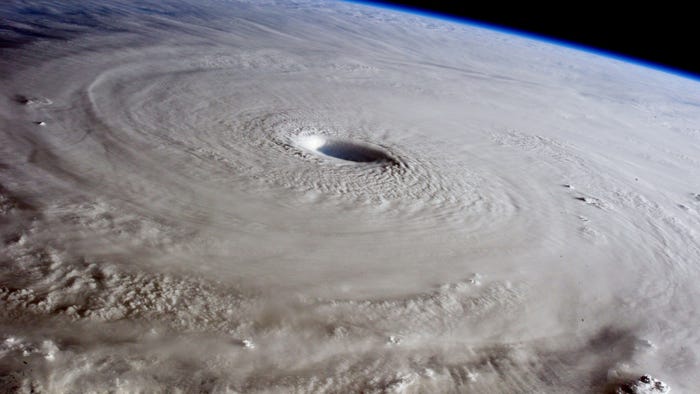FirstNet exceeds 3 million connections and 19,500 agencies, AT&T reportsFirstNet exceeds 3 million connections and 19,500 agencies, AT&T reports

FirstNet added more than 1 million connections last year, providing more than 3 million connections to more than 19,500 public-safety agencies at the end of 2021, according to figures reported this morning by AT&T, the contractor responsible for building and maintaining the nationwide public-safety broadband network (NPSBN).
AT&T officials barely mentioned FirstNet during today’s quarterly conference call highlighting the carrier giant’s performance during the final quarter of 2021, but a company spokesperson provided the updated FirstNet adoption figures. These numbers mean that FirstNet added about 1.1 million connections and 4,500 subscribing agencies during 2021, based on figures released last year at this time.
Although not referenced during today’s earnings call, AT&T executives repeatedly have noted that FirstNet adoption has played a significant role helping AT&T achieve an industry-leading 3.2 million postpaid phone additions during 2021—a notable increase in the company’s wireless history, according to AT&T CEO John Stankey.
“That’s more customers than we added in the prior 10 years combined,” Stankey said during today’ quarterly earnings call.
Exactly how much FirstNet adoption contributed to this record-setting 2021 figure is impossible to discern, because AT&T has not identified how many of the connections support postpaid phones or how many of the FirstNet connections previously subscribed to AT&T’s commercial network. To date, AT&T has not shared any breakdowns regarding the types of users or types of connections that comprise the reported FirstNet adoption figures.
Even with these caveats, FirstNet surpassing 3 million connections is a significant milestone. In the early days of the FirstNet Authority, many industry analysts projected that the NPSBN’s addressable market was only about 3 million local fire, police and EMS public-safety personnel.
Given this, FirstNet would have to achieve a virtual monopoly in the public-safety broadband sector to reach the 3 million mark. Many industry observers considered this an almost impossible task, because public-safety agencies are not required to use FirstNet, and Verizon was the clear sector leader when FirstNet contract was awarded to AT&T in March 2017.
Conventional wisdom during that period also noted that any market shifts within the public-safety broadband arena likely would not begin to happen until about 2020, when the FirstNet system operating on 700 MHz Band 14 spectrum was supposed to be 60% complete—if the contractor met proposed schedules. Others questioned whether FirstNet would have significant adoption before the NPSBN was at least 80% complete, given the importance of coverage to public-safety users.
But AT&T drastically changed the NPSBN adoption timetable by announcing in March 2017 that FirstNet subscribers would have access to AT&T’s commercial LTE spectrum—with priority and preemption, once that capability could be implemented—in addition to the Band 14 airwaves licensed to the FirstNet Authority.
With AT&T commercial spectrum and network infrastructure already in place, a FirstNet offering quickly was established and subscriptions began gathering momentum, particularly as Band 14 coverage became a reality in many parts of the country.
AT&T reported that FirstNet topped 1 million connections in December 2019, 2 million connections early in 2021, and 3 million connections at the end of 2021.
But reaching that 3-million-connections threshold has not resulted in FirstNet being able to claim a monopoly in the public-safety broadband market, as some initially expected.
Driving this change is the fact that the potential FirstNet market has grown significantly since the days of those early estimates. Instead of simply serving state and local fire, police and EMS, the “primary” FirstNet user category been expanded to include federal users—for instance, military-based personnel—and 911 telecommunicators. FirstNet also serves “extended primary” users that often support emergency responders, such as workers in the healthcare, utility and government sectors.
With this expansion, FirstNet’s potential addressable market is estimated to exceed 10 million users. In addition, with the advent of Internet of Things (IoT) solutions, some FirstNet connections may not be associated with a specific public-safety user, and some subscribers could utilize multiple connections.
Multiple AT&T officials have mentioned in recent months that FirstNet now has a “leadership position” in the law-enforcement broadband sector. As of the posting of this article, AT&T has not responded to multiple requests from IWCE’s Urgent Communications about the source of this information.
AT&T did not provide any updates today about its progress in its buildout of the FirstNet system on Band 14 spectrum—the primary requirement of the carrier’s 25-year deal with the FirstNet Authority. In October, AT&T announced that it has completed more than 95% of the contracted Band 14 deployment for the FirstNet system, surpassing the milestone about 6 months ahead of schedule.
Under the agreement with the FirstNet Authority, AT&T is supposed to complete the initial FirstNet buildout in March 2023. AT&T officials have expressed confidence that the company will meet this schedule, although they have acknowledged that the remaining portion of the 1,000 new towers in the contract represent some of the most challenging deployments in the massive nationwide project.
During today’s conference call, AT&T CFO Pascal Deroaches said that AT&T plans to have “another $100 million of expense in the first quarter associated with investment in our FirstNet operations.”





